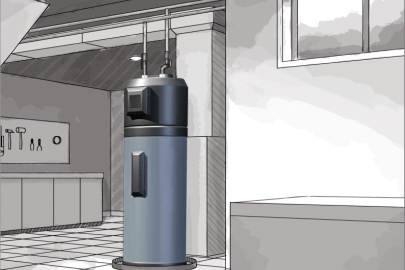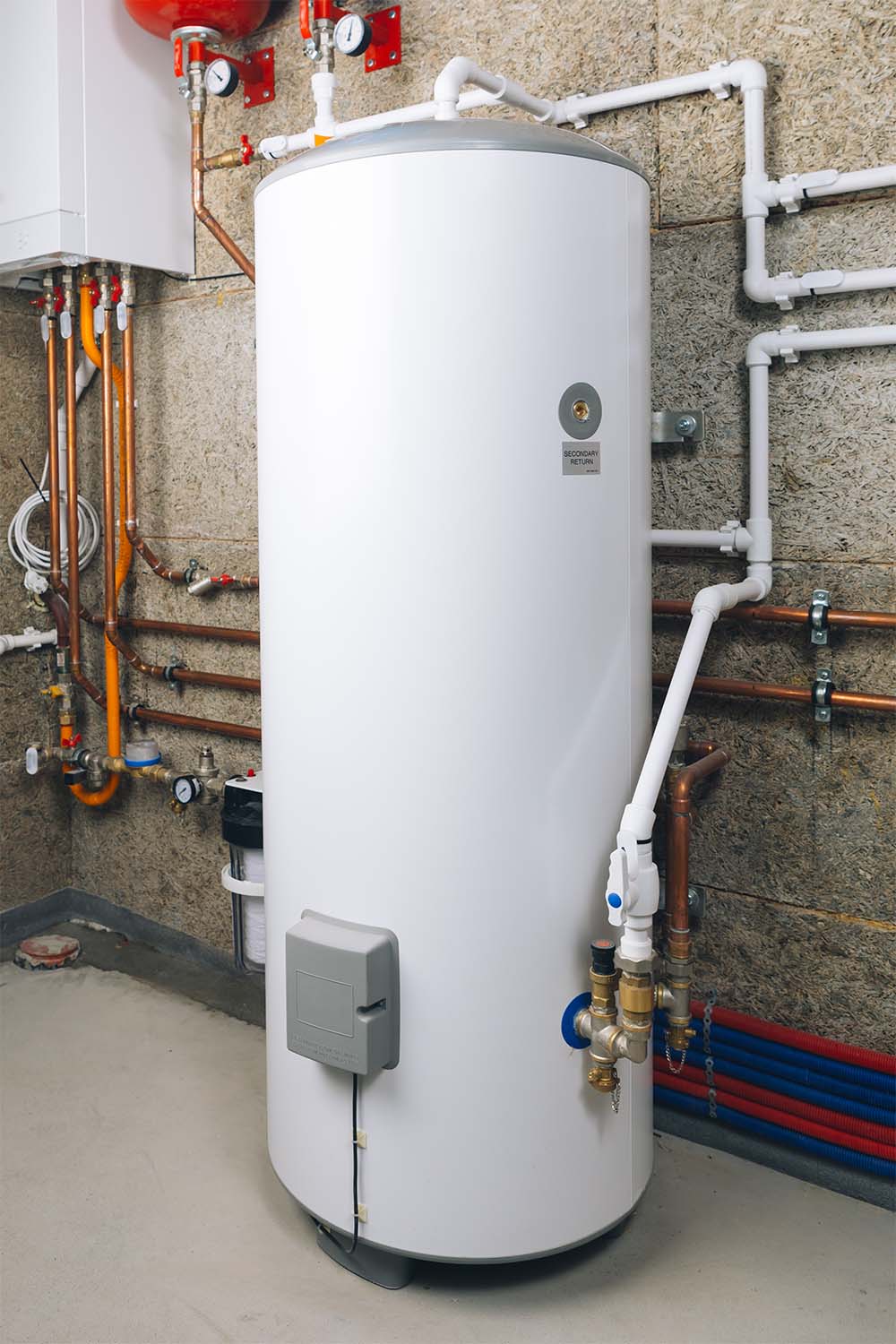How to Maintain Your Home's Hot Water System Functioning WellCaring for Your Home's Hot Water System: Essential GuidelinesEasy Methods to Care for Your Home's Hot Water System Properly
How to Maintain Your Home's Hot Water System Functioning WellCaring for Your Home's Hot Water System: Essential GuidelinesEasy Methods to Care for Your Home's Hot Water System Properly
Blog Article
Are you currently interested in additional info concerning Tips on Maintaining a Water Heater?

Hot water is crucial for everyday convenience, whether it's for a revitalizing shower or washing meals. To guarantee your hot water system runs successfully and lasts longer, routine upkeep is crucial. This article supplies practical ideas and understandings on how to keep your home's warm water system to prevent disruptions and costly repair services.
Introduction
Preserving your home's warm water system could seem daunting, but with a couple of straightforward steps, you can ensure it runs efficiently for years ahead. This overview covers everything from comprehending your warm water system to do it yourself maintenance ideas and understanding when to employ expert aid.
Importance of Preserving Your Warm Water System
Normal upkeep not just extends the lifespan of your warm water system but also ensures it runs efficiently. Ignoring upkeep can bring about decreased effectiveness, greater power expenses, and also early failure of the system.
Indications Your Warm Water System Needs Upkeep
Knowing when your warm water system requires focus can prevent major issues. Watch out for indications such as irregular water temperature level, weird noises from the heater, or rusty water.
Understanding Your Hot Water System
Before diving right into upkeep jobs, it's useful to comprehend the fundamental elements of your hot water system. Commonly, this consists of the hot water heater itself, pipelines, anode poles, and temperature level controls.
Month-to-month Upkeep Tasks
Normal regular monthly checks can help capture minor concerns before they rise.
Purging the Hot Water Heater
Purging your hot water heater removes sediment accumulation, boosting performance and prolonging its life.
Checking and Replacing Anode Rods
Anode poles stop rust inside the tank. Inspecting and replacing them when worn out is essential.
Inspecting and Readjusting Temperature Level Settings
Adjusting the temperature level setups makes sure ideal performance and security.
Do It Yourself Tips for Upkeep
You can carry out numerous upkeep jobs yourself to keep your warm water system in top problem.
Looking for Leakages
Frequently inspect pipelines and connections for leakages, as these can cause water damage and greater costs.
Checking Pressure Alleviation Valves
Checking the pressure safety valve ensures it operates correctly and avoids too much stress buildup.
Shielding Pipes
Protecting hot water pipelines decreases warmth loss and can save power.
When to Call a Specialist
While do it yourself upkeep is valuable, some problems require expert expertise.
Facility Issues Calling For Professional Aid
Examples consist of major leakages, electric troubles, or if your water heater is continually underperforming.
Routine Specialist Maintenance Perks
Specialist maintenance can include extensive inspections, tune-ups, and making sure conformity with security criteria.
Conclusion
Routine maintenance of your home's hot water system is crucial for efficiency, durability, and price savings. By complying with these pointers and understanding when to look for professional help, you can make sure a reliable supply of hot water without unforeseen disturbances.
How to Maintain an Instant Hot Water Heater
Before tinkering with your hot water heater, make sure that it’s not powered on. You also have to turn off the main circuit breaker and shut off the main gas line to prevent accidents. Also turn off the water valves connected to your unit to prevent water from flowing into and out of the appliance. 2. When you’re done, you have to detach the purge valves’ caps. These look like the letter “T” and are situated on either side of the water valves. Doing so will release any pressure that has accumulated inside the valves while at the same time avoid hot water from shooting out and burning your skin. 3. When the purge valves’ caps are removed, you have to connect your hosing lines to the valves. Your unit should have come with three hoses but if it didn’t, you can purchase these things from any hardware or home repair shops. You can also get them from retail stores that sell water heating systems. Read the user’s manual and follow it to complete this task properly. When the hosing lines are connected, open the purge port’s valves. 4. You should never use harsh chemical cleaners or solutions when cleaning your unit. Make use of white vinegar instead. It should be undiluted and you’ll probably use about 2 gallons. 5. Now flush your water heater. This task should probably take about 40 minutes. We can’t give you specific directions for this because the procedure is carried out depending on the type, model and brand of your heater. With that being said, refer to the user’s manual. 6. When you’re done draining the unit, you have to turn off the purge port valves again. Remove the hosing lines that you earlier installed on each of the water valves. Put the valve caps (purge port) back in their respective places and be very careful so as not to damage the rubber discs that are found inside these caps. 7. Now that everything’s back in place, check your user’s manual again to find out how to reactivate your water heating system. 8. Once it is working, turn one of your hot water faucets on just to let air pass through the heater’s water supply pipes. Leave the tap on until water flows smoothly out of it. https://www.orrplumbing.com/blog/2014/september/how-to-maintain-an-instant-hot-water-heater/

We were brought to that report about Tips For Maintaining Your Hot Water Heater from a buddy on another web blog. I beg you pause to promote this post if you enjoyed it. Thanks a bunch for being here. Come back soon.
Get An Estimate Report this page